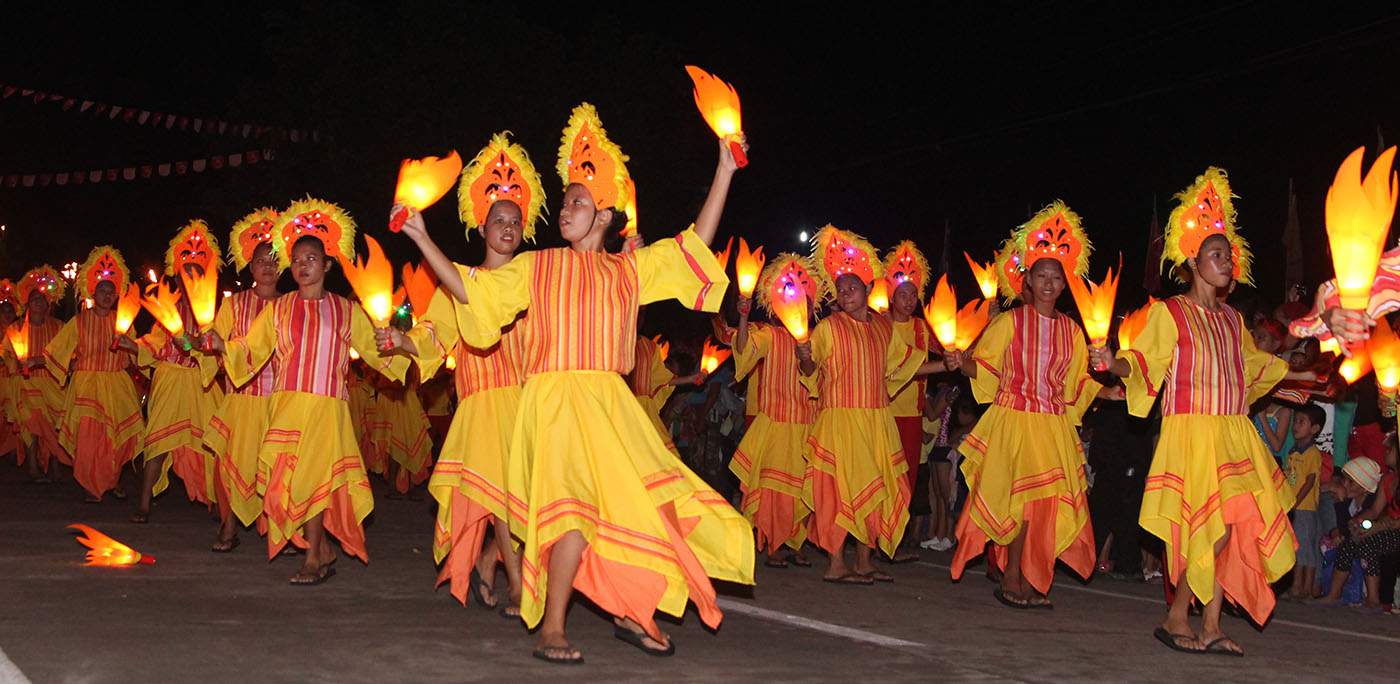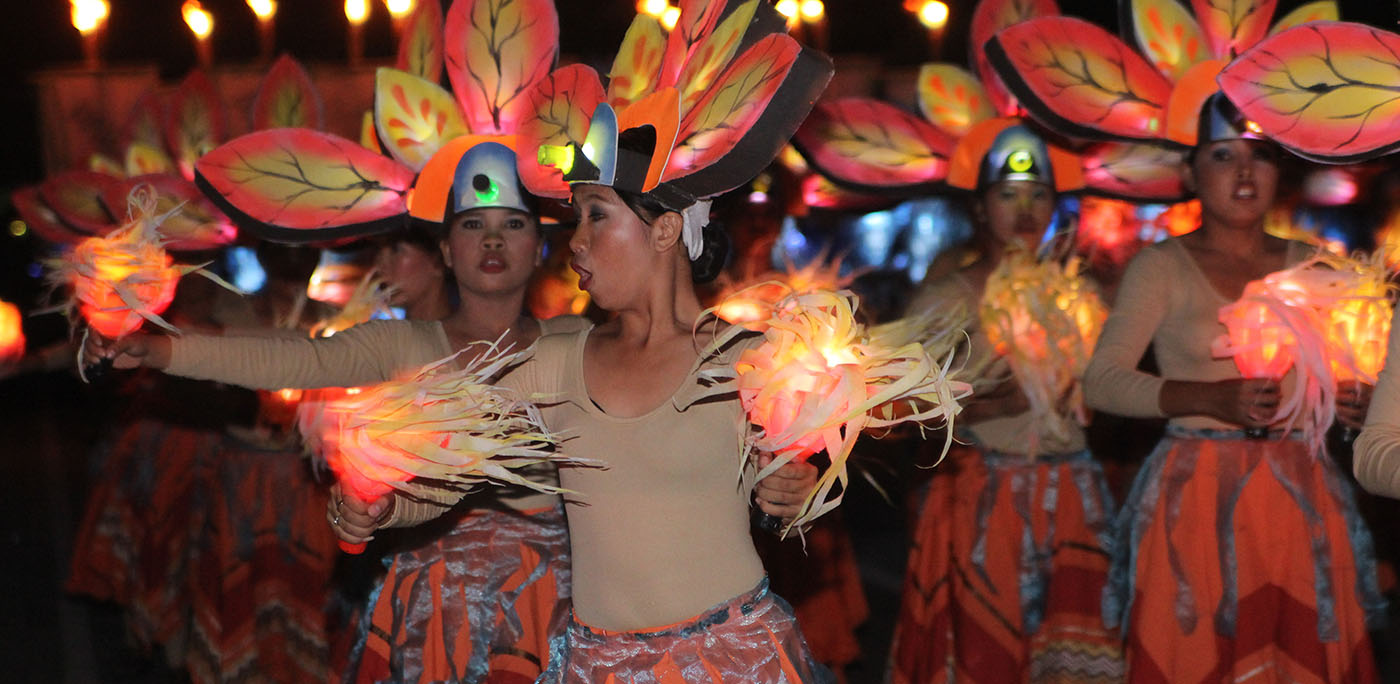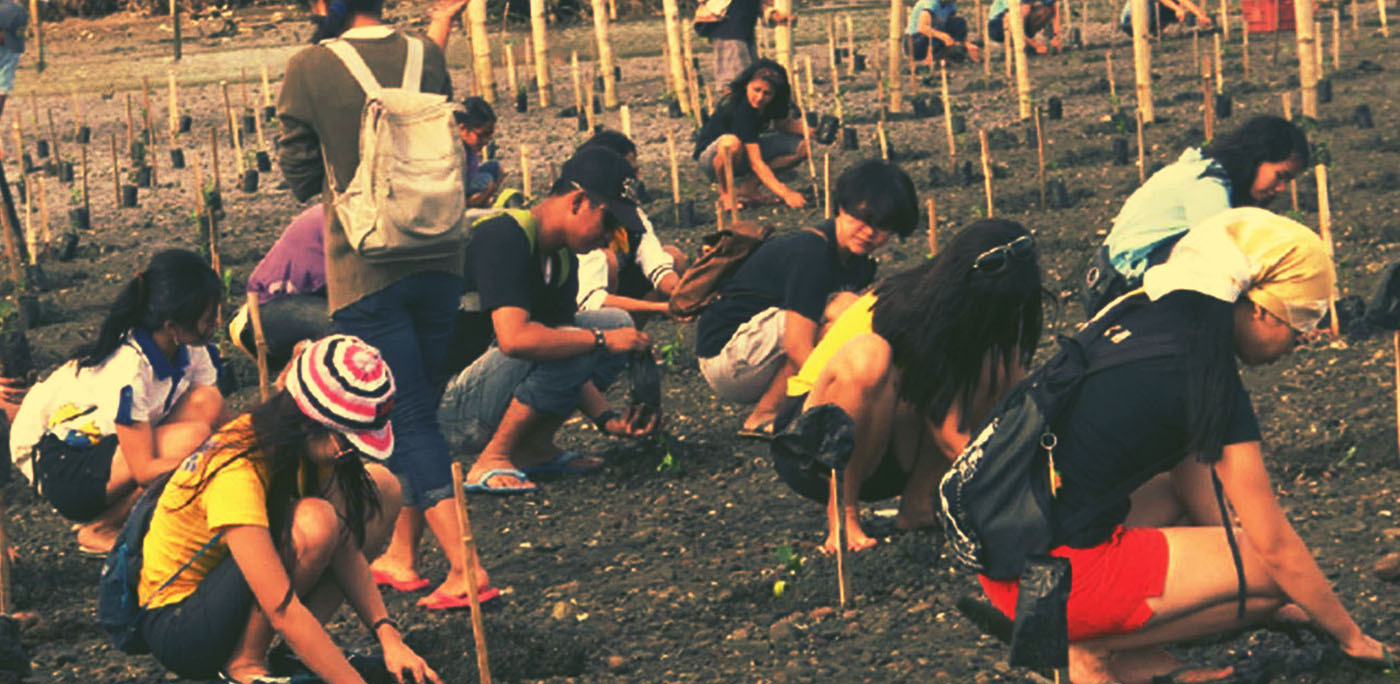You are here
Demography
Population Composition
The Municipality of Anilao has a population of 28,684 based on the 2015 PSA data. The 2010 population of 27,486 has increased to about 4% in 2015. This population is expected to increase to 38,769 by 2026. The most populated barangay is Barangay Dangula-an while the least populated is Barangay Guipis. Population growth rate is 2.173%.
Age-Sex Structure
The 2015 census data revealed that there are 51.70% or 14, 827 males and 48.30% or 13,845 females. The sex ratio is 107 males for every 100 females. People belonging to age group 5-9 have the highest number followed by age group 10-14 and 20-24. Those aging 75-84 have the least number of population count.
Anilao shows a relatively young population with 9,217 children of ages 0-14 years old comprising 9,210 or 32.11% of the total population.
School- Age Population
There are 8,574 school going population representing 30.0% of the total population of which 4,661 (54.36%) are males and 3,913 or 45.64% are females. The school going population consist of 2,792 or 32.56% are pre-schoolers, 2,078 or 24.23% are elementary, 2,262 or 26.38% are secondary and 1,442 or 16.81% are in the tertiary level.
Age Dependency Ratio
Total dependent population is 11,086 or 38% of the total population. Consisting of 9,210 (83%) young dependents aging 0-14 years and 1,821 (17%) old dependents aging 65 and over. The total dependency ratio is 63.04%.
Potential Labor Force
Labor force population aging 15 and over is 17,586 or 67% of the total population composed of 51.49% males and 48.51% females.
Population Distribution
Urban and Rural Population
The Municipality of Anilao is predominantly rural. Urban population totals to 2,197 or 8.23% while 26,482 or 92.77 are the rural population. Among the rural barangays, Barangay Dangula-an is the largest in terms of population with 2,643 and 620 number households while Barangay Guipis is the least populous with 511 and least number of households with123. The average household size in the municipality is 4.36. Barangay Mostro has the biggest household size of 4.72 and Barangay Sambag Culob has 3.82 household size being the lowest.
Urbanization Level
Urbanization level of the municipality shows a decreasing trend from 8.3% in 1995 it went down to 7.7% in 2015.
In terms of population growth rate, the urban and rural population growth rate shows a decreasing and increasing trend from 1995 up to the present. However, in 2010 the rural growth rate shows a remarkable increase from 0.82% in 2007 to 6.11% in 2010 then decreases again to 0.81% in 2015. The increase in growth rate of the rural barangays in 2007 was attributed to the increase in population of Barangay Dangula- an which has a boundary issue with the adjacent barangays of Banate.
Population Density
The gross population density is 3 persons per hectare of the land area in Anilao. The most densely populated barangay is the Barangay Poblacion with population density of 11 and the least densely populated are barangays Balabag, Guipis and Manganese with a population density of 1. BarangaysGuipis, Manganese, Balunos, Cag-an, Balabag, Palaypay and Pantalan have the lowest population density that ranged from 1 to 2 persons per square kilometer, Barangays Mostro, San Carlos, Vista Alegre, Agbatuan, San Juan Crisostomo and Sambag Culob have a population density of 3 persons per square kilometer, Barangays Badiang, Serallo and Sto. Rosario have 4 to 5 persons per square kilometer, Barangays Dangulaan, Camiros and Medina have 6 to 7 persons per square kilometer while Barangays Sta. Rita and Poblacion have the highest population density of 8 to 11 persons per square kilometer.
Population Changes
Historical Growth of Population
Based on the 2015 PSA data, Anilao has a total population of 28,684 and an average annual growth rate of 0.86%. This figure is higher compared to the growth rate of the Province of Iloilo which is only 1.34%. The average growth rate of the municipality was at its highest between census years 1048, 1960 up to 1980. A very significant increase in population and growth rate was in 2010. This is attributed to Barangay Dangula-which has registered an average annual growth rate of 6.11%.
Crude Birth Rate and Crude Death Rate
Data from the Municipal Health Office shows that the municipality has a crude birth rate of 13.76 as of 2015. This is slightly higher compared to data starting 2012 to 2014. However, the data also showed a higher rate at 14.11 in 2011. Crude birth rate refers to the number of livebirths per 1000 population. Compared to previous years, the 2015 figure is slightly higher over the past four years.
The crude death rate in 2011 is 3.87 and it increased to 4.00 in 2012 and 2013 but decreased to 2.00 in 2015. This maybe attributed to the decreasing trend in the number of deaths in infant mortality rate and young child mortality rate for the last five years. Crude death rate refers to the number of deaths per 1000 population. The data showed a decreasing trend in the number of deaths over the last two years.
Other Population Characteristics
Literacy Rate. The Municipality of Anilao has a literacy rate of 99% based on the total 11,604 population 10 years and over. Of these, 11,406 are males while 10,796 are females.
Highest Educational Attainment . Based on the 25,699 population, for both sexes 5 years and over in 2015:
* No Grade Completed (697)
* Pre-school (683)
* Special Education (10)
* Elementary Level (6,276)
* Elementary Graduate (3,016)
* High School Undergraduate (3,773)
* High School Graduate (5,675)
* Post-Secondary (1,079)
* College Undergraduate (2,321)
* Academic Degree Holder (2,135)
* Post Baccalaureate (26)
Labor Force Population by Sex and Employment Status
Out of 18,398 population 15 years and over:
* 8,004 or 43.50% are employed
>5,563 or 59.70% are males and 2,441 or 26.90% are females
Compared to the provincial data, the employment rate of Anilao is lower than that of the province. This data was taken from the Household Survey on Population conducted by the Commission on Population in 2011. However, the data from the Western Visayas Labor Force Survey in 2011 showed a labor force participation rate of 65.7 per cent with an employment rate of 93.6 percent, 6.4 percent unemployment rate and 22.3 percent underemployment rate for the whole Region 6.
Religious Affiliation
In the absence of data from the PSA, the data from the Iloilo Provincial Population Office Household Survey in 2011 was used to identify the various religious affiliations in the municipality.
* Majority of the Anilaonons (95,79%) are Roman Catholic
*1.52% are Baptist
* 1.48% are Iglesia ni Kristo
* 0.43% are Jehovah’s Witness
* 0.42% were identified as others to include Atheist among others
* 0.37% are Aglipay, Born Again, Seventh Day Adventist and Protestants.
Mother Tongue. Based on Iloilo Provincial Population Household Survey 2011
* 99% of the households in Anilao speak Hiligaynon
* 1% speaks either Cebuano, Tagalog, Ilocano or Bicolano.
Population Projection and Estimates
Projected Population by Barangay
With an average annual growth rate of 2.173% (2000-2010), the projected population of the municipality will be 38,769 by 2026. The most populated barangay is Barangay Dangula-an andwill have a projected population of 4,845 and the least populated is Barangay Guipis with a population of 759 by 2026. Table DE-14 and Graphs DE-14, 14-A and 14B show the projected population for the ten-year planning period.
Doubling Time. Doubling time is 32 years.
Bids and ProcurementPages |
Latest News |


